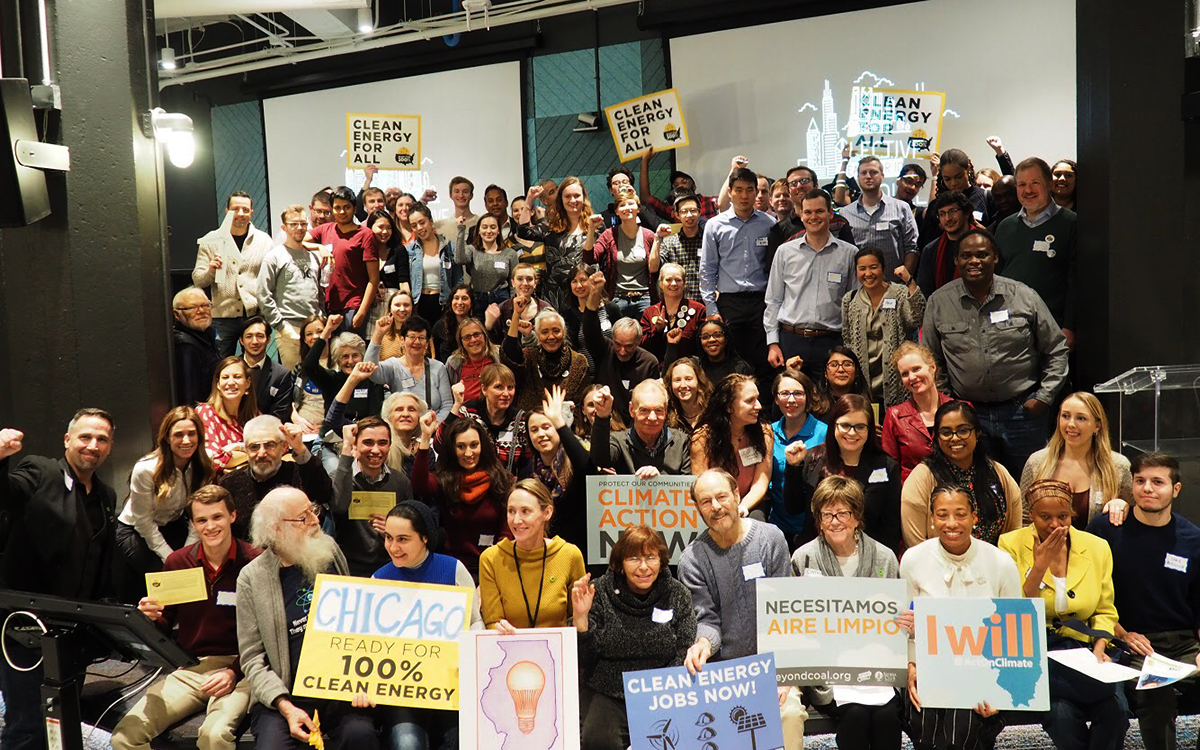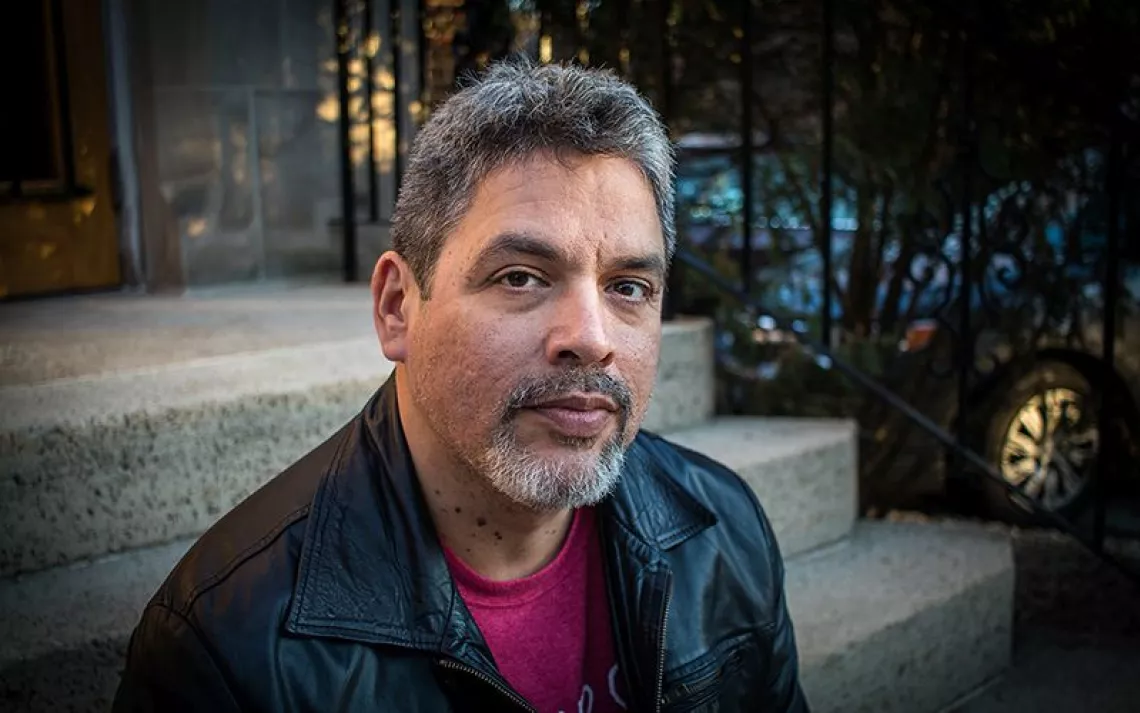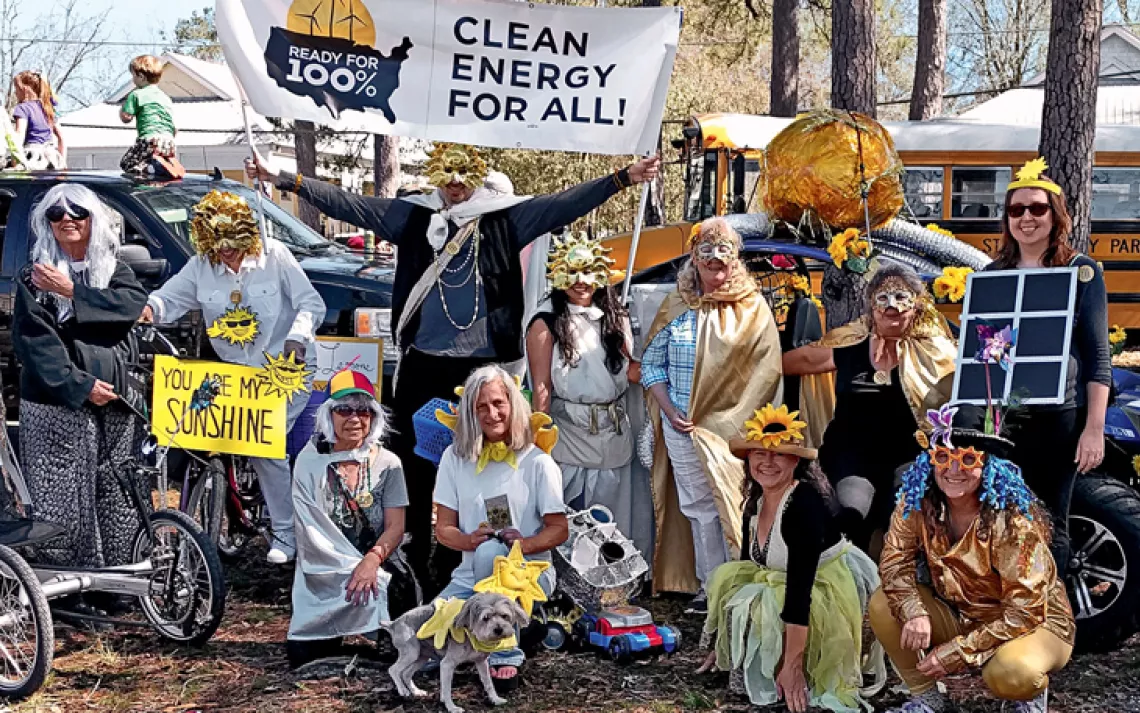Chicago Commits to 100 Percent Clean Energy
It’s the largest city in the United States to do so

Chicago skyline | Photo by Beboy, LTD | iStock
Chicago just became the largest city in the United States to commit to 100 percent clean energy. Legislation passed unanimously today by the city council will enable the metropolis of 2.7 million to power all of its buildings on clean and renewable energy by 2035. The Chicago Transit Authority (CTA), which is the country’s second-largest public transportation system, will completely electrify its fleet of over 1,850 buses by 2040.
This means that Chicago is now officially a part of the Ready for 100 club, joining 118 other cities across the country that have committed to generating 100 percent energy from clean, renewable sources, and six of which (Aspen, Burlington, Georgetown, Greensburg, Rock Port, and Kodiak Island) have reached their goals.
It will take several years to work out how exactly this will happen. Resolution R2019-157 calls for the development of a transition plan by December 2020, which will lay out a timeline and project milestones. The resolution passed today was one of 50 “actionable” initiatives in “Resilient Chicago,” a road map for the future of the city released in February. The road map was a collaboration with several local groups, including the Climate Reality Project Chicago Chapter, the Illinois Sierra Club, IBEW Local 134, People for Community Recovery, SEIU Local 1, Citizens Utility Board, and other environmental, education, youth, and labor groups.

Members of the Ready for 100 Chicago Collective | Photo courtesy of the Illinois chapter of the Sierra Club
How Chicago got here
Chicago, the third-largest city in the country, committed in 2017 to powering its 900-plus public buildings (public schools, colleges, and the park district) entirely on clean energy by 2025.
Municipal buildings take up 8 percent of the electricity used in Chicago—the equivalent of about 295,000 homes. Scaling up the commitment to all buildings in Chicago will contribute enormously to emissions reductions, since they currently account for approximately 70 percent of the city's emissions.
Over the past six years, solar energy capacity more than doubled in 45 of America’s 57 largest cities. In 2018, Illinois had the second-highest solar job growth of any US state—it now ranks 13th as far as total solar jobs nationally. And the Illinois Clean Energy Jobs Act aims to move the entire state to 100 percent clean energy by 2050.
Who will benefit?
Chicago has a high level of air pollution—it ranked as the 22nd most polluted city in the US in 2018, and the American Lung Association gave the city an F grade in its annual State of the Air report. More than 683,000 adults and 170,000 children in the Chicago area suffer from asthma.
Chicago also consistently ranks among the top five most segregated cities in the United States, and the worst of the city’s pollution is concentrated in African American and Latino neighborhoods in the city’s south, southwest, west and northwest sides.
If the city’s transition plan lives up to its goals, it will invest in companies that recruit workers from historically disadvantaged neighborhoods, and lower the buy-in cost for renewable energy through community solar projects and inclusive financing. To Kassie Byer, campaign director of Jobs to Move America (Illinois), the fact that residents of those neighborhoods were involved in this plan is integral to its future success. “The Chicago Collective who wrote this resolution,” says Byer, “proves that not only can Chicago build a climate-safe future for next generations, but that a truly just transition also creates good, family-sustaining jobs.”
 The Magazine of The Sierra Club
The Magazine of The Sierra Club



